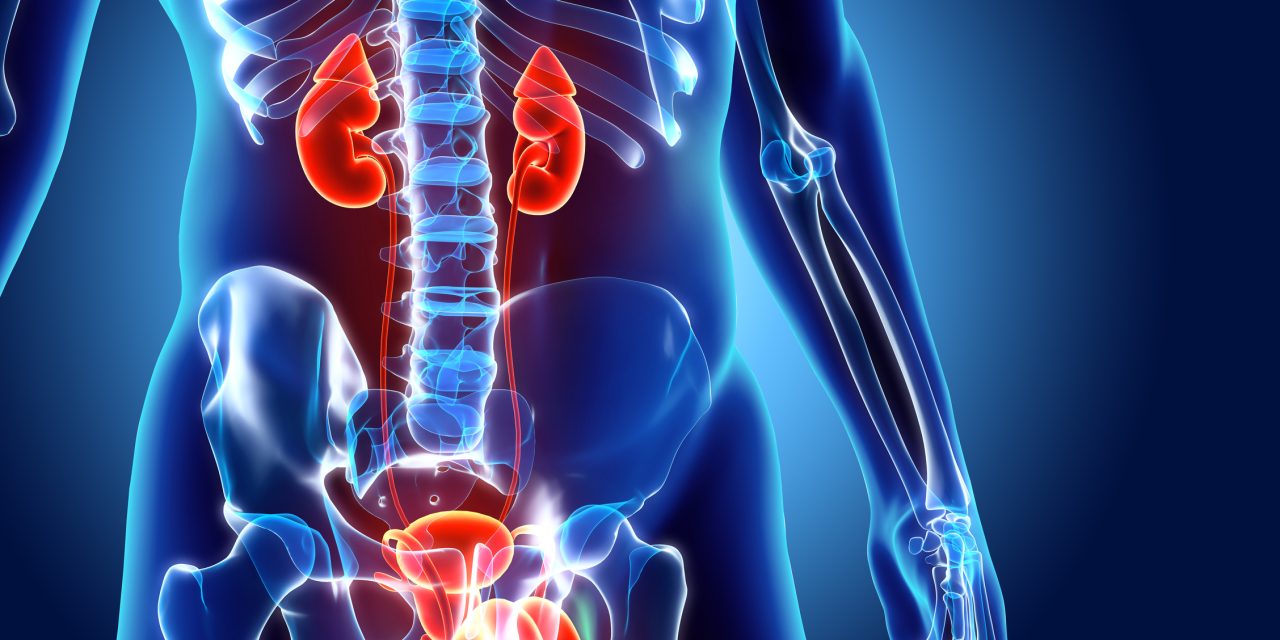Novel minimally invasive therapies like the prostatic urethral lift (PUL) are among the many endoscopic options for the treatment of benign prostatic enlargement and lower urinary tract symptoms (BPE/LUTS). To further understand the relative uptake, complications and retreatment rates of contemporary endoscopic procedures for BPE/LUTS across diverse practice types, we performed a retrospective study of inpatient and ambulatory surgery encounters in the Premier Healthcare database.
We included men who underwent endoscopic procedures for BPE/LUTS between 2000 and 2018. We determined the utilization of endoscopic therapies for BPE/LUTS, 30-day and 90-day readmission rates and retreatment rate. Multivariable logistic regression was used to assess the association of procedure type with outcomes for the three most commonly performed procedures.
We identified 175,150 men treated with endoscopic surgery for BPE/LUTS. The annual percent utilization of the prostatic urethral lift (PUL) increased from <1% in 2014 to 10.4% in 2018. Compared to transurethral resection of the prostate (TURP) and prostate photovaporization (PVP), PUL was associated with a lower odds of readmission at 30 (OR 0.58, p <0.01) and 90 (OR 0.55, p <0.01) days and a higher odds of retreatment within 2 years of follow up (OR 1.78, p <0.01).
Providers have rapidly adopted PUL which accounted for more than 1 in 10 endoscopic procedures captured for BPE/LUTS in 2018. Men treated with PUL are readmitted less within 30- and 90-days, but are more likely to be retreated within 2 years of their index procedure as compared to men treated with TURP or PVP.
Adoption, Safety, and Retreatment Rates of Prostatic Urethral Lift for Benign Prostatic Enlargement.


